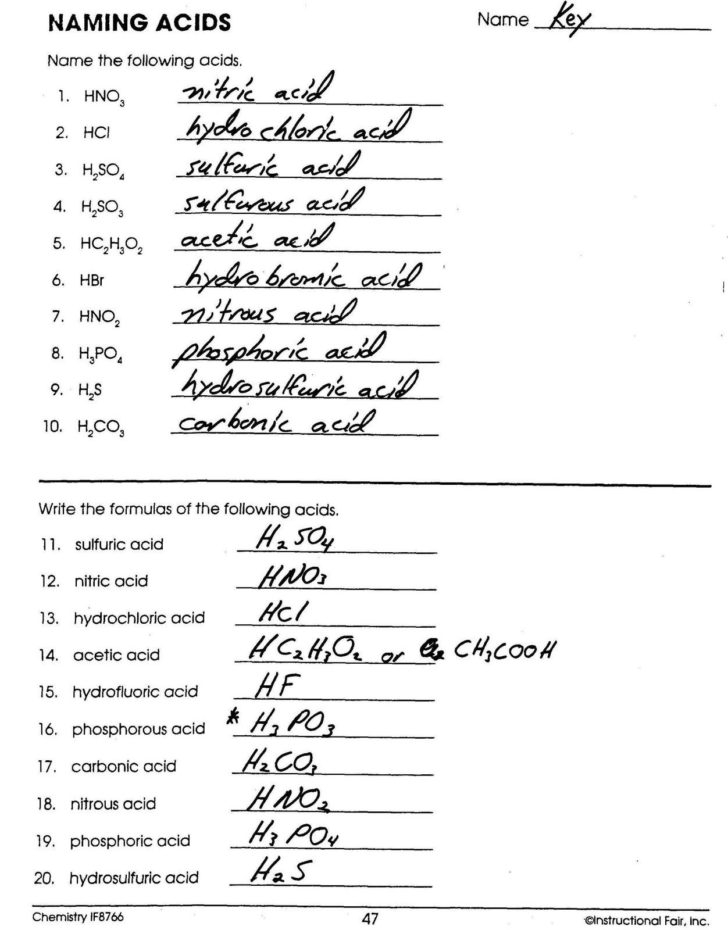When it comes to naming ionic compounds, it is important to understand the basic rules and principles that govern their nomenclature. Ionic compounds are formed when a metal cation combines with a non-metal anion through the transfer of electrons. The resulting compound is held together by strong electrostatic forces known as ionic bonds.
In order to correctly name an ionic compound, one must first identify the cation and anion present in the compound. The cation is always listed first in the compound’s name, followed by the anion. The name of the cation remains the same as the element from which it is derived, while the name of the anion is modified to end in “-ide”. For example, sodium chloride is composed of the cation Na+ and the anion Cl-, resulting in the compound name sodium chloride.
It is important to note that some transition metals can form multiple cations with different charges. In these cases, Roman numerals are used to indicate the charge of the cation in the compound name. For example, FeCl2 is named iron(II) chloride, while FeCl3 is named iron(III) chloride.
In addition to naming binary ionic compounds, there are also compounds that contain polyatomic ions. These ions are groups of atoms that carry a charge and behave as a single unit in chemical reactions. When naming compounds containing polyatomic ions, the name of the cation is still listed first, followed by the name of the polyatomic ion. For example, calcium carbonate is composed of the cation Ca2+ and the polyatomic ion CO3^2-, resulting in the compound name calcium carbonate.
In conclusion, naming ionic compounds involves understanding the basic rules of nomenclature and recognizing the components that make up the compound. By following these guidelines, one can accurately name a wide variety of ionic compounds and better understand their composition and properties.
